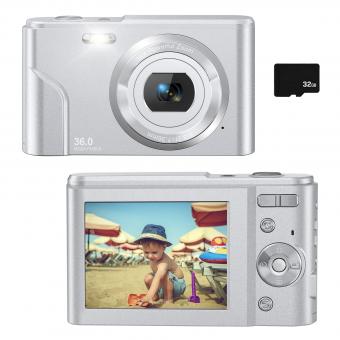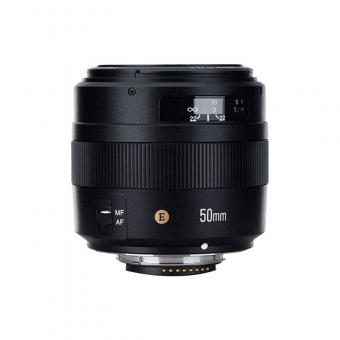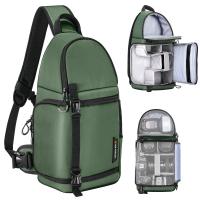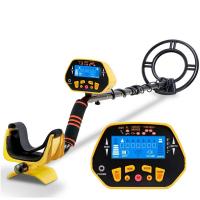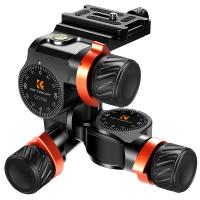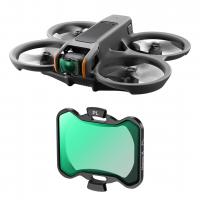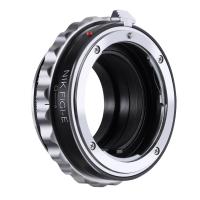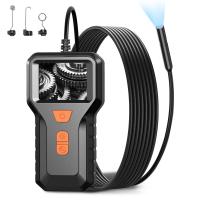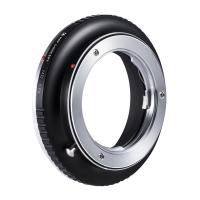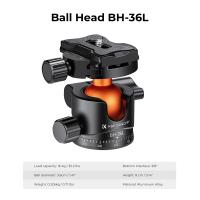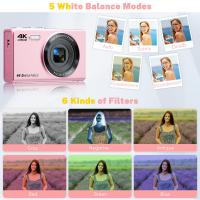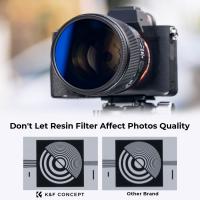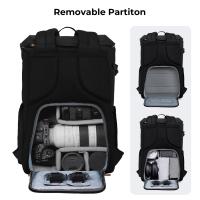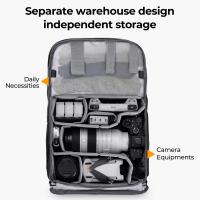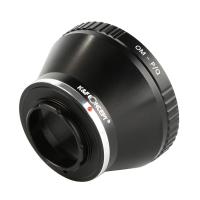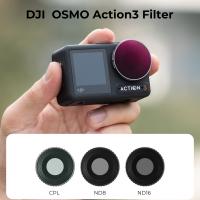What Does Digital Camera Mean ?
A digital camera is an electronic device that captures and stores photographs in digital format. Unlike traditional film cameras, digital cameras use an image sensor to capture light and convert it into digital data that can be stored on a memory card or other storage device. Digital cameras offer a number of advantages over film cameras, including the ability to preview and delete photos, the ability to adjust settings such as ISO and white balance, and the ability to easily share and edit photos using a computer or other digital device. Digital cameras come in a variety of sizes and styles, from compact point-and-shoot models to professional-grade DSLRs.
1、 Definition of digital camera

Definition of digital camera: A digital camera is an electronic device that captures and stores photographs in digital format. Unlike traditional film cameras, digital cameras use an image sensor to capture light and convert it into digital data that can be stored on a memory card or other digital storage device. Digital cameras have become increasingly popular in recent years due to their convenience, versatility, and ease of use.
The latest point of view on digital cameras is that they have evolved significantly over the years, with advancements in technology leading to improved image quality, faster processing speeds, and more features. Many digital cameras now offer high-resolution sensors, advanced autofocus systems, and the ability to shoot in RAW format, which allows for greater control over image processing.
In addition, digital cameras have become more affordable and accessible to a wider range of consumers, with many models available at various price points. This has led to an increase in amateur photography and the rise of social media platforms like Instagram, where users can share their photos with a global audience.
Overall, digital cameras have revolutionized the way we capture and share images, and their continued evolution promises to bring even more exciting developments in the future.
2、 History of digital cameras
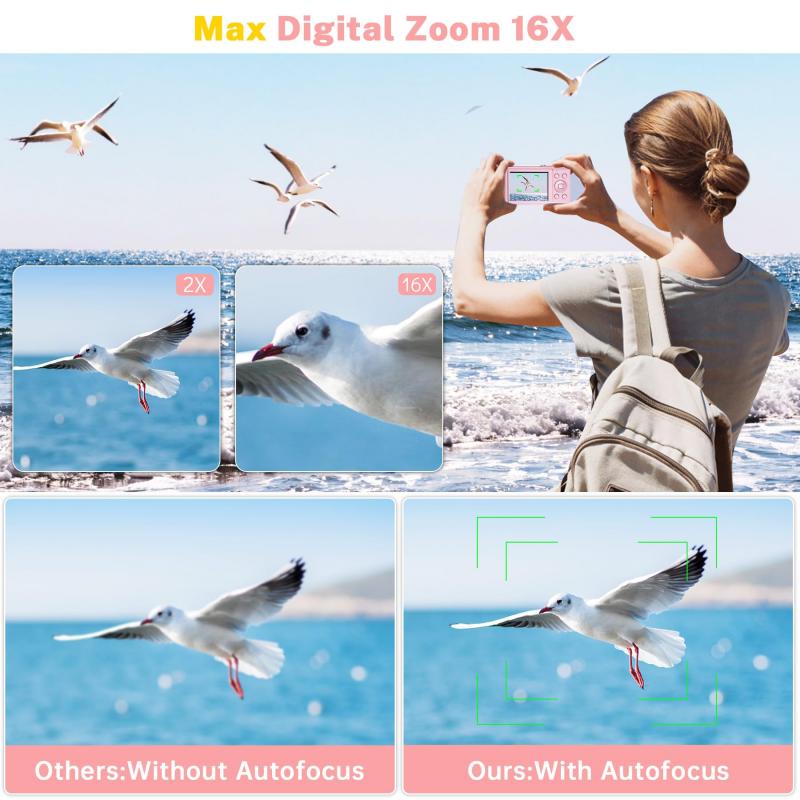
What does digital camera mean?
A digital camera is a device that captures and stores photographs in digital format. Unlike traditional film cameras, digital cameras use electronic sensors to capture images and store them on memory cards or other digital storage devices. Digital cameras have become increasingly popular in recent years due to their convenience, versatility, and ease of use.
History of digital cameras:
The first digital camera was invented in 1975 by Steven Sasson, an engineer at Eastman Kodak. The camera weighed eight pounds and recorded black and white images onto a cassette tape. However, it wasn't until the 1990s that digital cameras became widely available to consumers. These early digital cameras were expensive and had limited resolution, but they paved the way for the high-quality, affordable digital cameras we use today.
The latest point of view:
Today, digital cameras come in a wide range of sizes and styles, from compact point-and-shoot cameras to professional-grade DSLRs. They offer a variety of features, including high-resolution sensors, advanced autofocus systems, and built-in Wi-Fi and Bluetooth connectivity. Many digital cameras also allow users to shoot high-quality video, making them a popular choice for vloggers and content creators.
In recent years, smartphone cameras have become increasingly advanced, leading some to question the future of standalone digital cameras. However, many photographers still prefer the superior image quality and versatility of dedicated digital cameras, and the market for these devices remains strong. As technology continues to evolve, it will be interesting to see how digital cameras continue to adapt and improve.
3、 Types of digital cameras

What does digital camera mean?
A digital camera is a device that captures and stores photographs and videos in digital format. Unlike traditional film cameras, digital cameras use electronic sensors to capture images and store them on memory cards or internal storage. Digital cameras have revolutionized the way we take and share photos, making it easier and more convenient than ever before.
Types of digital cameras:
1. Point-and-shoot cameras: These are compact and easy-to-use cameras that are perfect for everyday photography. They are designed for casual photographers who want to capture memories without worrying about manual settings.
2. DSLR cameras: These are high-end cameras that are designed for professional photographers. They offer advanced features and manual controls that allow photographers to capture high-quality images in any situation.
3. Mirrorless cameras: These are similar to DSLR cameras but do not have a mirror mechanism. They are smaller and lighter than DSLRs, making them more portable and easier to carry around.
4. Action cameras: These are small, rugged cameras that are designed for capturing action-packed footage. They are perfect for sports and outdoor activities.
5. Bridge cameras: These are a hybrid between point-and-shoot and DSLR cameras. They offer more advanced features than point-and-shoot cameras but are not as complex as DSLRs.
The latest point of view:
With the advancement of technology, digital cameras have become more sophisticated and feature-rich. Many cameras now offer advanced features such as Wi-Fi connectivity, touchscreens, and 4K video recording. Additionally, smartphone cameras have become increasingly popular, with many people using their phones as their primary camera. However, dedicated digital cameras still offer superior image quality and more advanced features than smartphone cameras. As a result, digital cameras continue to be an important tool for photographers of all levels.
4、 Components of a digital camera
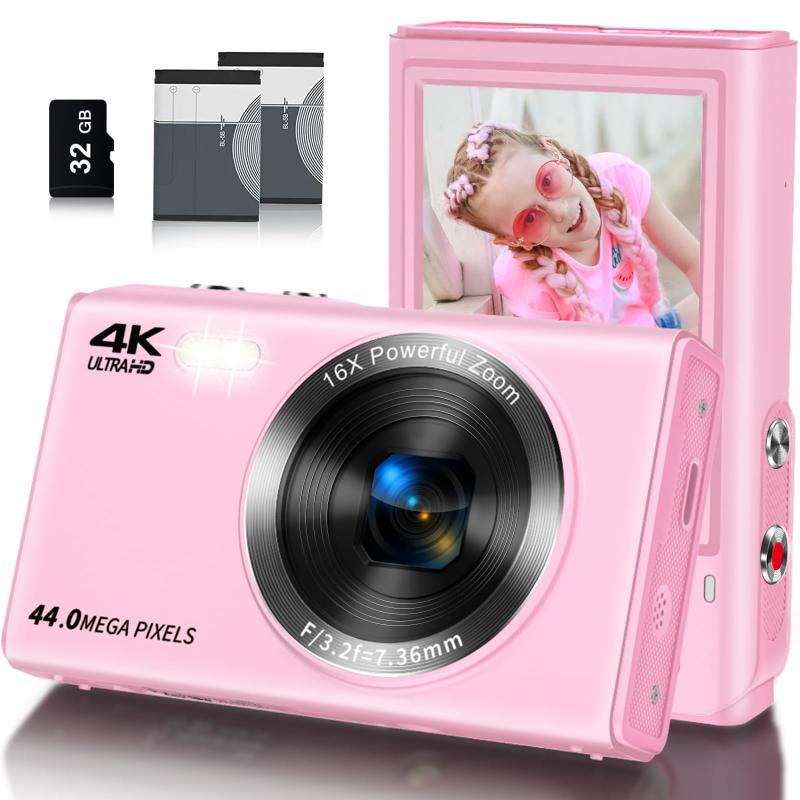
What does digital camera mean?
A digital camera is a device that captures and stores photographs in digital format. Unlike traditional film cameras, digital cameras use electronic sensors to capture images and store them on memory cards or other digital storage media. Digital cameras have become increasingly popular in recent years due to their convenience, versatility, and ease of use.
Components of a digital camera:
1. Image sensor: The image sensor is the heart of a digital camera. It captures the light that enters the camera and converts it into an electronic signal that can be processed and stored.
2. Lens: The lens is responsible for focusing the light onto the image sensor. It determines the quality and clarity of the image.
3. Processor: The processor is responsible for processing the electronic signal from the image sensor and converting it into a digital image that can be stored on a memory card.
4. Memory card: The memory card is where the digital images are stored. It can be removed from the camera and inserted into a computer or other device for viewing and editing.
5. LCD screen: The LCD screen is used to preview and review images. It also displays camera settings and menus.
6. Battery: The battery provides power to the camera. It can be recharged or replaced as needed.
7. Flash: The flash is used to provide additional light when taking photographs in low-light conditions.
The latest point of view:
Digital cameras have come a long way since their inception. With advancements in technology, digital cameras have become more compact, powerful, and feature-rich. Many digital cameras now come with built-in Wi-Fi and Bluetooth connectivity, allowing users to easily transfer images to their smartphones or other devices. Some cameras also come with advanced features such as image stabilization, high-speed shooting, and 4K video recording. Additionally, mirrorless cameras have become increasingly popular due to their smaller size and interchangeable lenses. Overall, digital cameras continue to evolve and improve, providing users with more options and capabilities than ever before.










